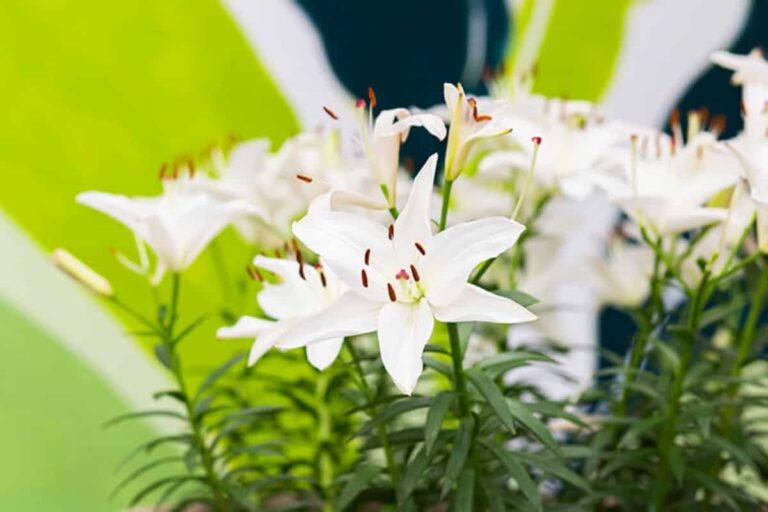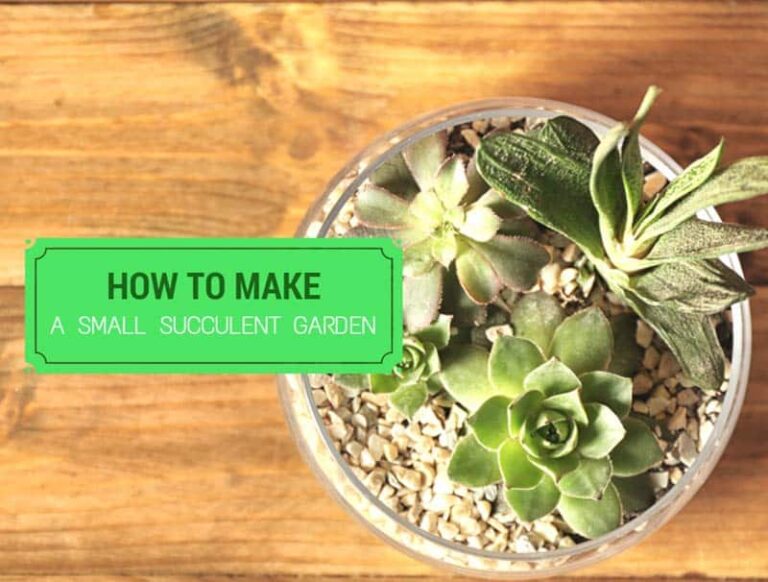Our Quick Tips for Pachira Money Tree Care
Pachira aquatica, also known as the money tree, is a tropical plant often grown as a houseplant in more temperate areas. The plant is relatively easy to care for, as it doesn’t require frequent watering or feeding. Usually, Pachira is sold as either three or five plants braided together to create one larger tree. The three or five braided stems are thought to bring good luck and prosperity to the person who grows the money tree.
Money Tree Meaning
Pachira aquatica is sometimes known as the “money tree” because it is believed to bring good fortune to anyone who grows it. The plant’s good luck is connected to Feng Shui, the Chinese system of bringing people into harmony with their surroundings.
One feature of the money tree that connects it to good luck and good fortune is the shape of its leaves. Pachira aquatica has five-lobed leaves. Each of the lobes represents a different element – water, wood, fire, metal, and air. Having all five elements in one place is considered auspicious and five is a lucky number in Feng Shui.
Often, money trees are actually multiple plants braided together. The braided stems are thought to make the plant even more lucky. In order for the plant to bring you good luck and wealth, it’s important to choose one that has three or five braided stems. Another combination, such as four stems, won’t be as lucky. In fact, four is usually considered an unlucky number.
Where you place the money tree in your home is also thought to influence whether it brings you luck and wealth or not. In Feng Shui, each area of your house is devoted to a different element or concept. If you want pachira aquatica to bring you fortune and wealth, you’ll want to place it in the southeastern area of your house, which is usually the area associated with wealth and prosperity.
Care for the Money Tree
Not only is the money tree rumored to bring you wealth and good fortune, it’s also a relatively easy plant to care for. It’s not too fussy about light, food or water.
The video below, from Hendrick’s Greenhouses, explains the basics of caring for the money tree. The video not only covers the basic how-to of caring for the plant, it also explains the plant’s connection to good luck and wealth.
Light Needs
Pachira aquatica need bright, but indirect sunlight to thrive. If you place it in a southern-facing room with a south facing window, it should get all the light it needs. Just make sure that you don’t put the plant directly in front of the window, as you don’t want the sun to burn it.
To encourage even growth, Apartment Therapy recommends rotating the plant each time you water it. That way, a different area of the plant will be exposed to more light every week or so.
One thing that’s important to know about the money tree is that it will respond to dramatic changes in light levels, usually in a dramatic way. In the winter, when there’s less light than usual, don’t be alarmed if the tree’s leaves turn yellow and drop off. That is just the plant’s response to shorter days and less light. As soon as the days become longer, the plant should perk up again.
Although it might seem like a good idea to try and chase the light and move your money tree about the house, doing so can upset it. Remember that plants are stationary beings. They don’t usually move from one place to another. If you move your plant frequently, it might become stressed and respond by dropping its leaves.
Water and Food Needs
The money tree is one of those plants that does best when it’s under watered rather than when it is over-watered. Although it’s used to humid conditions, it’s better to err on the side of not giving the plant too much water instead of drenching it or letting its root stand in soggy soil.
When you water the plant, completely soak the soil. Water until some liquid pours out of the bottom of its container. If you’re not sure if it’s time to water the money tree, press your finger into the top of the soil. If the first inch or so of soil is completely dry, the plant is ready for a good soaking.
Pachira needs somewhat regular fertilization when it is actively growing. During the spring and summer, feed the plant every few weeks, using a diluted liquid fertilizer. Don’t give the plant food in the winter or during any periods of dormancy.
Pruning and Potting
Pachira’s easy-going nature extends to its pruning and repotting needs. Usually, you don’t have to worry too much about pruning the plant. Simply cut of any dead looking stems or leaves as you see them.
The plant also doesn’t need frequent repotting. Since the plant prefers not to be disturbed, repotting it as infrequently as possible is preferable. Aim for moving it into a slightly larger container every two years or so.
Money Tree Confusion
Did you know that there are actually several plants that have the common name “money tree” or “money plant?” That can make purchasing an actual Pachira aquatica somewhat confusing. Plants that are also sometimes known as money tree/plant include pothos (Epipremnum aureum) and jade plant (Crassula ovata).
While both plants might have some connection to good luck or might bring your home good fortune, they have considerably different needs than Pachira aquatica. For example, Pothos is a fairly drought-tolerant plant that can survive with some neglect. The jade plant is a type of succulent, meaning it stores water in its leaves.
Another big difference between Pachira and its fellow “money” plants is the level of toxicity. If you have cats or dogs, growing Pachira aquatica is usually your safest option. The plant is considered non-toxic for both animals.
Meanwhile, both the jade plant and pothos are toxic to pets, according to the ASPCA. If you have a pet, it’s important to make sure the plants you grow in your home are safe for them, as well as safe for you and others in the household.
Photo by Grzegorz-Skibka licensed under CC0
Also Read: Hoya Plant



